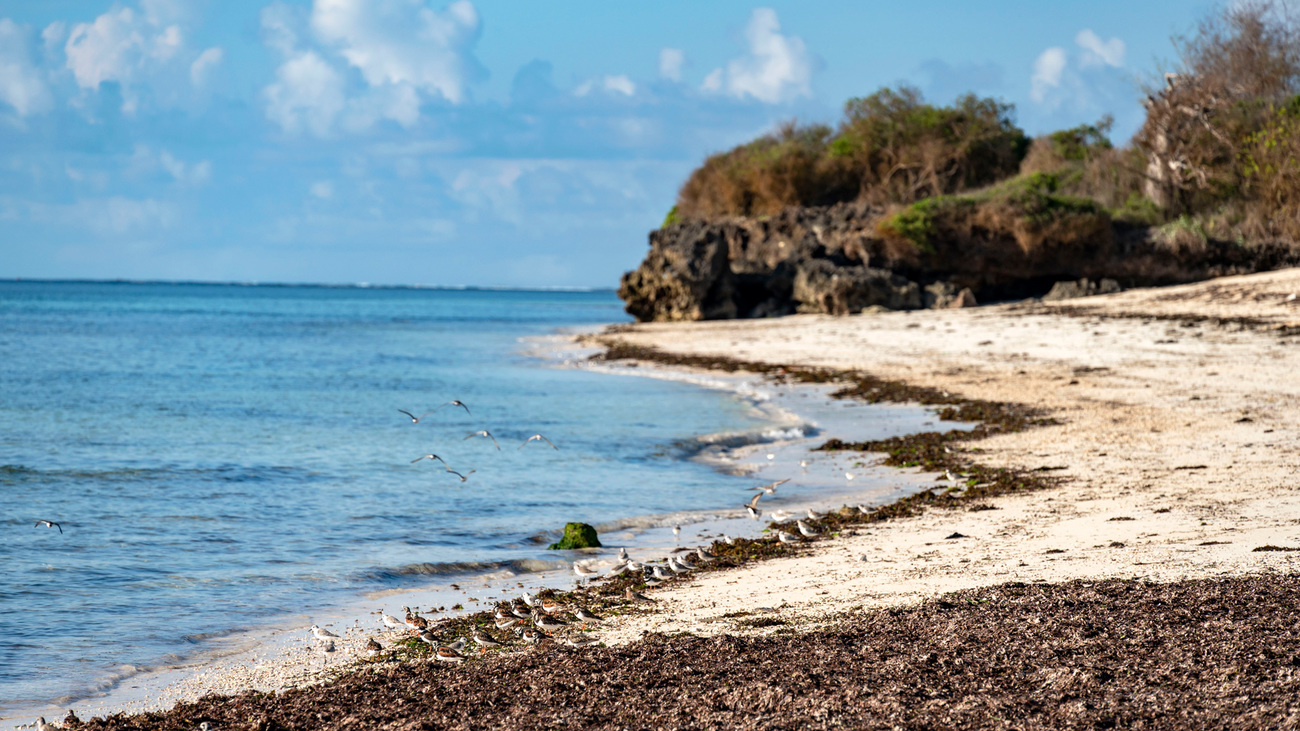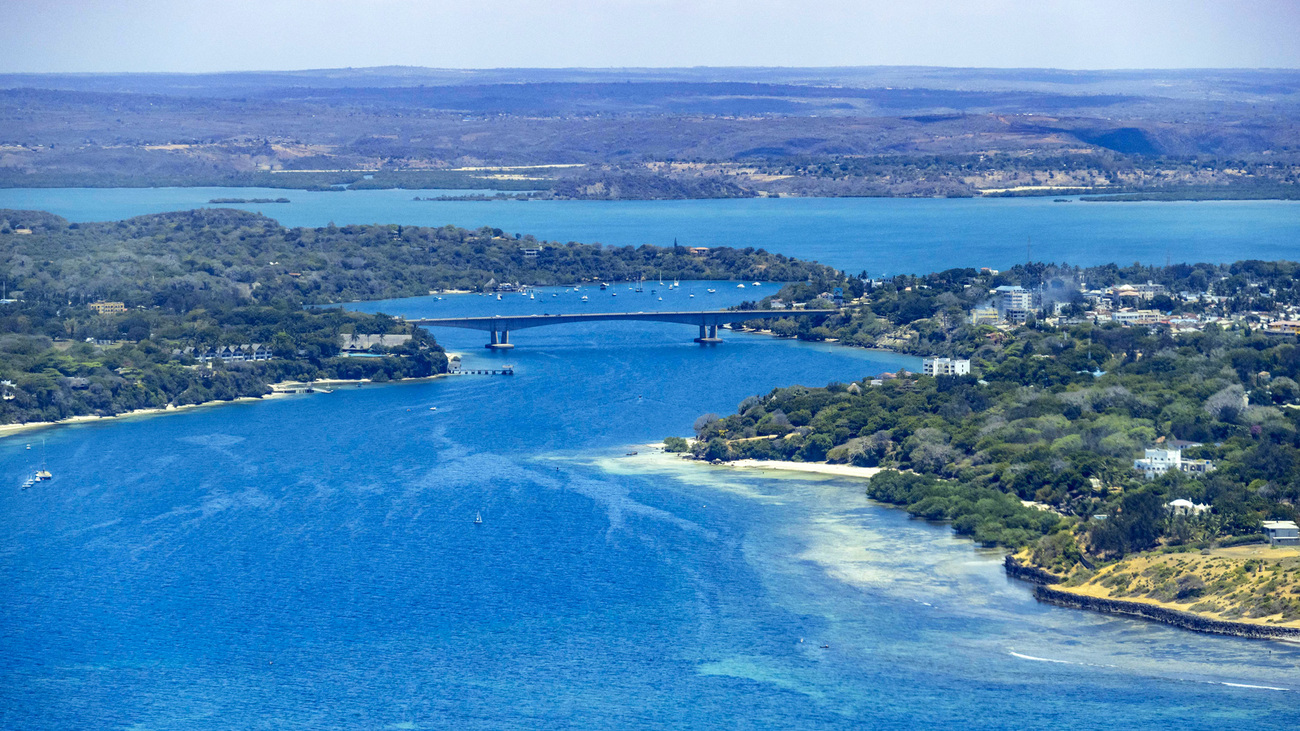first aerial survey in 30 years maps out threats to Kenya’s marine mammals
first aerial survey in 30 years maps out threats to Kenya’s marine mammals

Back in the 1960s, large dugong herds of more than 100 individuals were a common sight in Kenya’s coastal waters. But aircrafts that flew along the coast for six days this past March to conduct the first marine survey of the area in 30 years detected only two of these plump, seagrass-eating creatures.
The full results of the survey will be released in the coming weeks, but it’s already clear that the threats faced by key marine species in Kenya’s coastal waters, like dugongs, will take centre stage. The report will be used to identify areas of focus where critical conservation efforts are required.
“The purpose of this survey was to investigate the conservation status of Kenya’s marine megafauna, especially dugongs, sea turtles, whale sharks, humpback dolphins and other species,” says Dr Mohamed Omar, principal scientist at the Wildlife Research and Training Institute’s (WRTI) Marine and Coastal Research Centre in Mombasa, Kenya. “We were also seeking to identify and map out threats to their survival in our waters so that we can develop appropriate and remedial management strategies at regional and national levels.”
IFAW’s Marine Conservation program officer in East Africa, Lillian Mulupi, says that in addition to enriching marine research and determining where critical conservation efforts are required, “the survey will also help to improve the livelihoods of local people by generating data for the development of sustainable tourism activities.”

spotting underwater animals from planes
The survey, conducted using four aircrafts and a 50-strong team of pilots, aircraft technicians, observers, and marine specialists, was made possible with funding from IFAW. Together with specialists from Kenya Wildlife Service, WRTI, Olive Ridley Project, Wildlife Conservation Society, and the Watamu Marine Association, the survey covered the entire Kenyan coast stretching from the Kenya–Tanzania border in the South to the Kenya–Somalia border in the North.
Planes, each carrying three spotters with voice recorders and handheld GPS sets to pin the species sighted to specific locations, flew back and forth at 2–3-kilometre intervals in the area, which had been divided into blocks. The blocks aided in systematic counting.
In addition to recording species’ behaviours, such as feeding, playing, or mating, observers logged the density of marine traffic and the intensity of fishing and port activities.

marine megafauna face grim threats
According to Dr Omar, coastal marine megafauna are threatened globally by exploitation, bycatch in fisheries, indirect ecosystem effects resulting from fisheries, and unregulated tourism activities. Other threats arise from hydrocarbon exploration and extraction, deteriorating water quality, climate change effects, and unsustainable coastal development.
Kenya’s coastal waters are not immune to these threats, which are ravaging marine ecosystems and shrinking habitats.
“Marine mammals are sensitive to underwater noise because they communicate through calls. They also breed in coastal waters. Noise and unregulated human activities in critical habitats can therefore be extremely disruptive to their well-being.
“Fishing nets that are abandoned or lost at sea are also lethal because they trap and drown air-breathing sea turtles, whales, and dugongs. Observers were therefore tasked to look out for such phenomena as well,” says Mulupi.
The reason for the sharp decline in dugongs is difficult to pin down. “The decline in dugong numbers could suggest that something within the coastal waters is disrupting their breeding or that the habitat can no longer support the species of seagrass upon which dugong feed. This could either be the impact of habitat loss, pollution, or climate change,” says Mulupi.
Other threats include the impact of inappropriate fishing gear and fishing techniques that destroy corals and seagrass.
IFAW is set to support a second marine aerial survey later this year. The data generated from both of these surveys will be a significant tool for conservation managers and policymakers in Kenya.
Related content
every problem has a solution, every solution needs support.
The problems we face are urgent, complicated, and resistant to change. Real solutions demand creativity, hard work, and involvement from people like you.